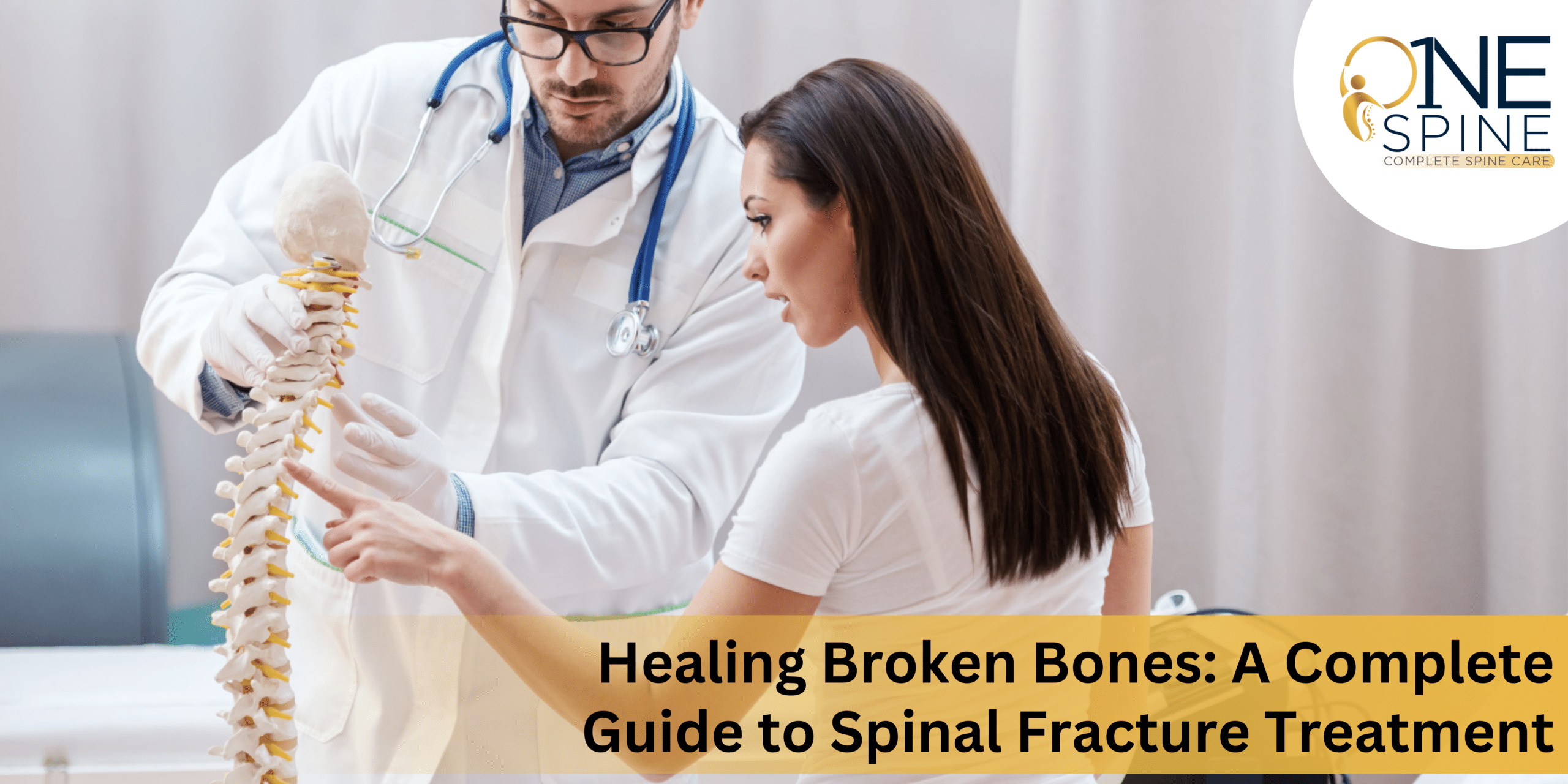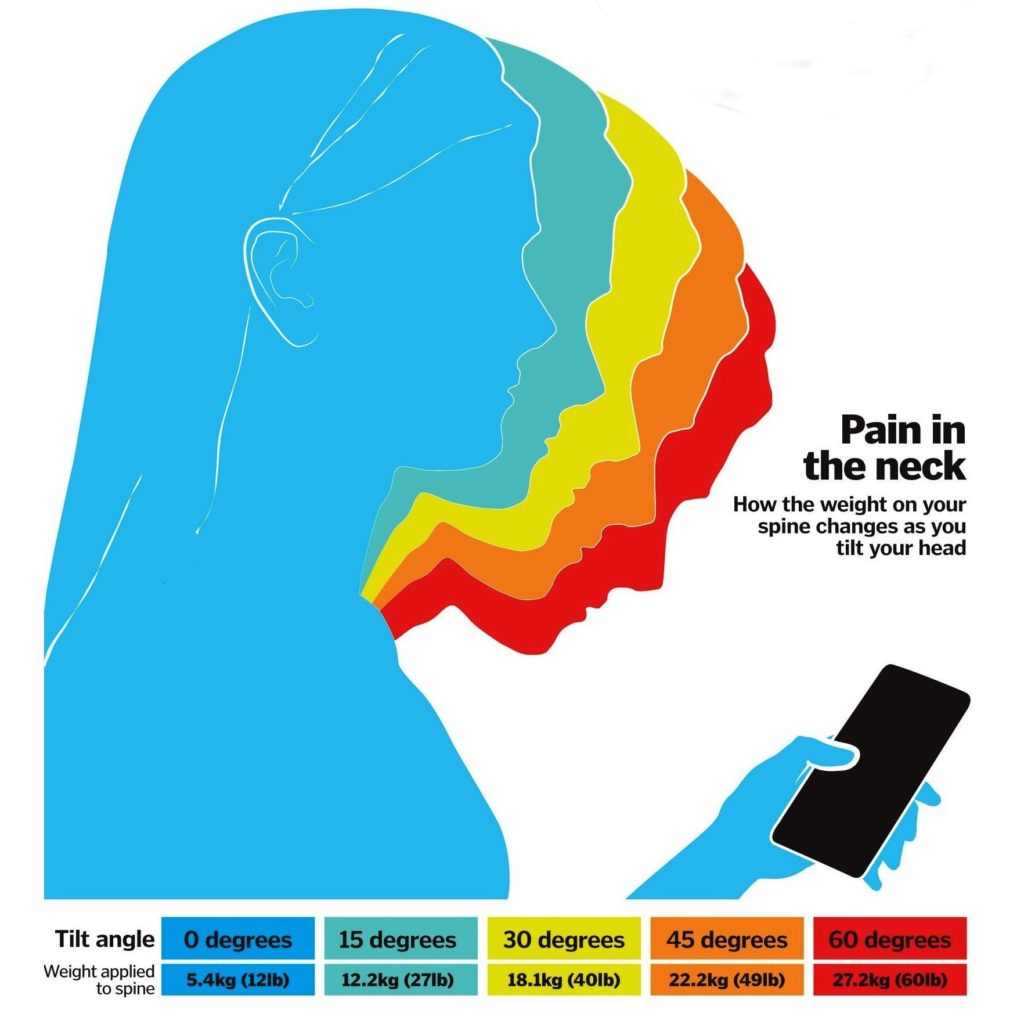Healing Broken Bones: A Complete Guide to Spinal Fracture Treatment
The spine, often known as the backbone, is a bony structure that provides support to the body. It connects different parts of your musculoskeletal system, which includes your bones and muscles and safeguards the delicate spinal cord. Your spine helps you to sit, stand, walk, twist, and bend. It acts as a pathway for vital nerves that carry information from our brain to every part of our body. However, maintaining good spinal health is essential for a happy life, but sudden events and life’s unpredictable twists and turns can lead to injuries and those injuries might result in spinal fractures damaging this vital structure.
Let’s understand the complexities of spinal fractures, and the treatment options available for these serious injuries and how one can prevent spinal fractures.

1. Understanding Spinal Fractures
Fractures in the spine, a vital component of our musculoskeletal system, can occur due to numerous reasons. These spinal fractures can cause severe pain and disability if not treated soon and effectively.
What Causes a Spinal Fracture?
Spinal fractures are often caused by violent incidents such as slipping and falling, vehicle accidents, or sports injuries. Osteoporosis, a bone-weakening disorder, can also lead to spinal fractures, particularly in elderly people. High-impact exercises or rapid, violent movements can cause excessive pressure on the spine, resulting in fractures.
Types of Spinal Fractures
Spinal fractures are classified into three types: compression fractures (common in osteoporosis), burst fractures (caused by high-energy trauma), and flexion-distraction fractures (frequently in car accidents). Understanding the precise type of fracture is critical for getting the best treatment plan.
Symptoms Of Spinal Fractures
Symptoms of a spinal fracture may include acute back pain that increases with movement, limited spinal mobility, limb numbness or tingling, and, in extreme cases, loss of bladder or bowel control. Prompt detection of these symptoms is critical for early diagnosis and treatment.
2. Diagnostic Procedures for Spinal Fractures
A detailed physical examination by a professional healthcare expert is the first step in the diagnostic process for spinal fracture. This evaluation includes tests to determine range of motion, neurological function, and symptoms of discomfort or deformity around the spine, which provide important clues for future research. Imaging procedures, such as X-rays, CT scans, or MRIs, are then utilized to confirm the diagnosis and determine the severity of the injury, especially when spinal cord involvement is suspected. These thorough scans assist in making proper spinal fracture treatment decisions, providing timely intervention and excellent patient care.
Early diagnosis of spinal fractures is critical for avoiding complications and initiating timely treatment strategies. Rapid diagnosis allows healthcare practitioners to implement necessary interventions such as bracing, pain management, or surgical intervention for unstable fractures. A delayed diagnosis might result in problems such as spinal instability, nerve damage, and chronic pain. When signs of a spinal injury appear, prompt evaluation and diagnostic techniques are required to allow for appropriate treatment planning and successful patient recovery.
3. Non-Surgical Treatment Options
Nonsurgical therapy methods for spinal fractures emphasize rest and activity modification to promote recovery and reduce pain.
Abundant Rest
Rest is required during the acute phase of a spinal fracture to allow the body to heal normally. Changing everyday activities to prevent actions that strain the spine, such as heavy lifting or continuous bending. These precautions can help to prevent future injuries and speed up the recovery process.
Pain Control Strategies
Pain control strategies are also important in nonsurgical spinal fracture therapy. This includes taking pain medicines and muscle relaxants to relieve discomfort. Ice or heat therapy can help to relieve inflammation and muscular tension in the damaged area. Physical therapy also plays an important role in recuperation.
Physical therapy
Physiotherapy treatment can help to strengthen supporting muscles, increase flexibility, and promote improved posture. This betters mobility and minimizes discomfort during the recovery process. These non-invasive techniques provide successful spinal fracture treatment options, eliminating the need for surgery in many situations.
4. Surgical Options for Spinal Fracture Treatment
Surgical therapy for spinal fractures is required when conservative treatments fail to stabilize the spine or relieve symptoms. Surgery is often considered for severe instability, neurological impairments, or fractures that do not heal naturally. Common surgical scenarios include fractures that compromise spinal stability, particularly those involving the vertebral body.
In spinal fracture treatment, a variety of surgical methods are performed, each adjusted to the specific injury. These include spinal fusion, which stabilizes the spine by fusing broken vertebrae, and vertebroplasty or kyphoplasty, which injects bone cement into fractured vertebrae to relieve pain and restore shape. Recovery and rehabilitation after surgery are crucial and include physical therapy to strengthen back muscles and improve flexibility. The recovery time varies depending on the type of surgery and the individual’s health, but most patients experience better pain and function within weeks to months.
5. Preventing Spinal Fractures
Preventing spinal fractures requires lifestyle changes and proactive actions. Maintaining optimal bone health requires a calcium-rich diet (found in dairy, leafy greens, and fortified cereals) as well as weight-bearing exercises such as walking or strength training. Quitting smoking, limiting alcohol consumption, and maintaining body weight all play important roles.
Safety precautions include safe lifting techniques, ergonomic work arrangements, and wearing protective gear during strenuous activity. Early detection of osteoporosis through regular check-ups can help implement spinal fracture treatment options, improve spinal health, and reduce fracture chances. Individuals who follow these lifestyle adjustments and safety behaviors can significantly lower their risk of spinal fractures while also improving their general well-being.
Spinal fracture is a serious medical problem that requires quick treatment. For individuals seeking specialist care, One Spine Clinic in Mumbai provides specialized spinal fracture treatment by top doctors. Visit onespine.co.in to learn more and explore treatment choices that are suited to your specific needs.



